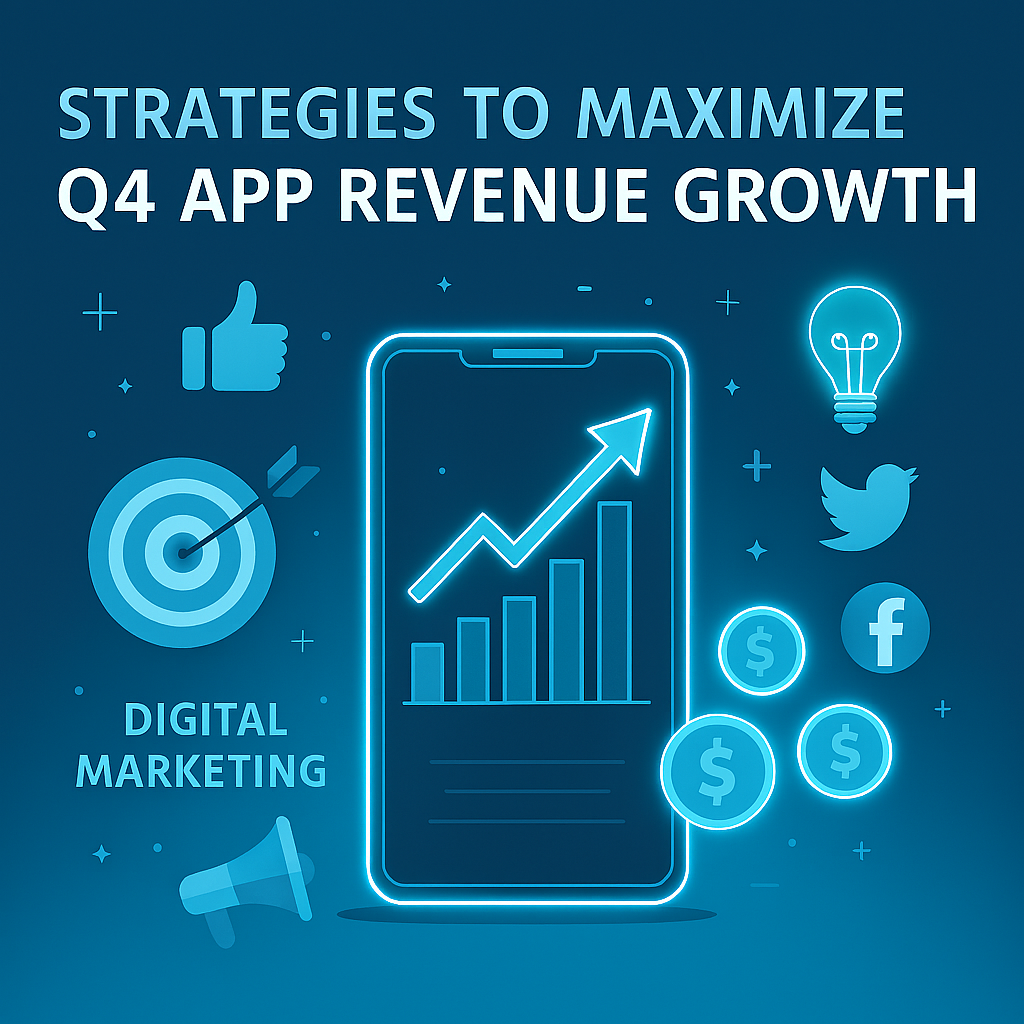In recent years, the success of finance apps has been driven by technological advances, the spread of smartphones, and the growing demand for simple and accessible financial services. These apps have revolutionized money management simplifying once-complex tasks and eliminating the need to go to the bank. Nowadays, finance apps are essential tools for managing payments, money transfers, investments, and savings quickly and securely.
In this article, we will discuss how finance apps have become a critical resource and the strategies developers can use to acquire and retain LTV users, focusing on monetization methods, common challenges, and best practices to ensure long-term success.
- Finance apps
- Finance apps monetization
- Finance apps challenges
- Lifetime Value (LTV)
- Strategies to acquire LTV users
- Conclusion
Finance apps are digital tools that help individuals and businesses monitor, manage, and interact with their finances. These apps have improved access to financial services by providing several features, such as mobile payments, money transfers, budgeting, and investment management, making it easier and more efficient for people to handle their money.
Finance apps offer numerous functions within the financial sector, satisfying different needs and user preferences. Because of their versatility, they are divided into various categories and types, each designed to address specific aspects of financial management. The most common ones are:
- Banking apps: a mobile banking app is a finance app that allows users to access their bank accounts directly from their smartphones, providing a fast, secure, and convenient way to handle their finances.
- Payments apps: a payment app is a finance app that makes transferring money easy, often allowing users to send funds using just an email address or phone number.
- Crypto apps: a crypto app is a finance app through which users can buy, sell, and manage cryptocurrencies while ensuring secure transactions.
- Saving apps: saving apps are finance apps designed to help users save money effortlessly by automating the process, often offering valuable insights to motivate better saving habits.
These are some of the most common types, but the world of finance apps is vast and constantly evolving. Identifying the right category for your app is essential for reaching the right audience and acquiring high-LTV users who will drive long-term success.
There are several methods and strategies that mobile app developers typically use to monetize their apps and generate income. The following ones are especially relevant for finance apps:
- Subscriptions: this model involves users paying for regular subscriptions, usually on a monthly or annual basis, generating a regular source of income for the finance app. This method of monetization also leads to higher LTV users, encouraging long-term engagement and retention.
- Transaction fees: one of the simplest methods of generating revenue. This method is particularly effective for finance apps dealing with cryptocurrencies, investments, payments, or money transfers, where a small percentage of each transaction is retained as a fee.
- In-app advertising: a strategy that improves revenue by showing ads to users while they interact with the app.

Finance app developers can make several common mistakes that may hinder the success of the app and the acquisition of LTV users. Understanding what they are is critical to the success of a finance app and to attract more and more LTV users.
Common mistakes in finance apps can include frequent crashes or bugs, unintuitive interfaces, and, of course, privacy issues. Overlooking these aspects can lead to frustrating user experiences, making it increasingly difficult to attract and, more importantly, retain LTV users. For instance, it is important to avoid asking users too many steps, but only the information needed to access the service they are looking for. In this way, you can reduce the risk that users will stop using your app for another one that offers an easier and faster experience.
Excessively long waiting times can also be a significant mistake, as users choose finance apps for their immediacy. If in-app transactions or daily upgrades take too long, this could damage the acquisition of LTV users, prompting them to leave the app instead.
In short, in order to retain users and turn them into LTV users, it is crucial to avoid these mistakes and act promptly. In this way, you will not only have loyal users for your app, but you may also benefit from word of mouth.
In user acquisition campaigns, the LTV metric plays a crucial role as it represents the total revenue generated by a user from the moment they install the app. This metric helps to understand how much it costs to acquire new users and, at the same time, allows you to assess whether efforts in acquisition campaigns are actually leading to profitable growth. Therefore, having a clear understanding of what LTV represents is essential in making informed decisions about user acquisition campaigns, especially for finance apps.
More importantly, estimating the cost of acquiring users who generate value helps avoid unnecessary spending to attract low-value users. Thus, LTV improves the effectiveness of advertising spending by focusing investments on high-value LTV users, rather than those who may uninstall the app or not engage with it.
LTV is also crucial in order to optimize the monitoring of return on investment (ROI), allowing you to make strategic adjustments when needed and to evaluate the success of long-term user acquisition efforts.
In order to get an accurate estimate of LTV, factors that may influence the value must be considered:
- Retention rate: this metric measures how long a user stays active and continues to use the app. In fact, a high retention rate indicates a higher potential LTV, since the longer a user interacts with the app, the greater its overall value over time.
- ARPU: the average amount a user spends while using the app is a key factor, as higher revenue per user contributes to a higher LTV.
- Monetization strategy: LTV also depends on the monetization strategy implemented. Strategies can include in-app purchases, subscriptions, or ads, and their effectiveness directly impacts the value generated by each user, especially for finance apps.
To acquire LTV users for your finance app, it is essential to employ a series of targeted approaches that will not only attract new users but also retain them in the long-term. This process requires a careful understanding of user needs and strategic planning that fosters engagement, trust, and the optimization of the user experience.
Trust
Building trust is critical in order to retain users and turn them into LTV users, as they will continue to use the app only if it is safe and secure. Finance apps often rely on mobile referral programs, in which users are rewarded for promoting the app to friends and family. Additionally, referral programs not only help acquire new users and turn them into LTV users but also contribute to increased revenue.
To maximize the effectiveness of a referral program, it is important to ensure that it can be easily found and shared. By offering different sharing options and ensuring that links lead directly to your app via deep linking, users will have a seamless experience and will be more willing to share.
Engagement
Another way to engage users and turn them into LTV users for your finance app is through elements and features that encourage progression within the app, such as:
- Daily tasks: suggesting daily challenges or tasks related to exploring the app’s features encourages users to come back regularly.
- Goals: offering motivating goals creates feelings of reward and accomplishment, encouraging users to keep using the app.
- Progress tracking: allowing users to track their progress within the app provides a sense of achievement that motivates them to return and complete new goals.
- Educational rewards: providing educational content on financial or cryptocurrency topics and rewarding engagement with in-app rewards can be a very effective strategy for your finance app.
- Log-in calendars: rewarding consistency in using the app with prizes encourages users to use the app daily.
Banners
To attract LTV users to finance apps, another useful tool is to leverage your website to drive visitors to the app using smart banners. These banners target potential users more precisely, using behavioral and contextual parameters to increase the chance that a visitor will become active and loyal, and thus an LTV user. In addition, banners are unobtrusive and fit seamlessly into the browsing experience, without being invasive.

Live/Social Events
Live or social events can also contribute to turning casual users into LTV users. These events provide opportunities to further engage users, keeping them motivated to continue using the app. Some strategies can be:
- Creating spaces within crypto apps (similar to social media) aimed at encouraging discussions about the market or interactions between users.
- Organizing tournaments can be very useful in finance apps to encourage long-term engagement, as it motivates users to place themselves on a leaderboard and compare their progress with others.
- Adding time-limited competitive events encourages higher engagement levels in a specific period.
User Experience
To ensure that a user turns into an LTV user for your finance app and does not abandon it immediately after installation, it is necessary, as already mentioned, to eliminate any frustrating experiences.
Many users who download a finance app stop using it right after installation, and this usually happens because they struggle to complete the registration process or find the interface too complicated. These processes should be simplified and focused on quickly showing the value of the app, making it easy to access key features without overwhelming the user with too much information. In particular, the registration process should be fast and intuitive, allowing users to start using the app without unnecessary barriers.
Monetizing Engagement
The main goal of acquiring LTV users for your finance app is, obviously, to generate revenue. To achieve it, several tactics that encourage user engagement can be integrated into the monetization strategies previously described.
First, you can offer subscriptions to the finance app that provide real value to users. For example, in a cryptocurrency app, you could offer subscriptions that eliminate trading fees or provide free trial periods for an analytics platform. Another option is to use gifts, allowing users to gift something to another user, such as a subscription or credits.
In conclusion, acquiring LTV users for a finance app requires a strategy that combines a simple user experience, continuous engagement, and effective monetization solutions. Moreover, understanding the cost of acquiring LTV users is critical to optimize investment and ensure sustainable growth, avoiding unnecessary spending on low-value users. Lastly, by focusing on trust, regular interaction, and features that meet user needs, it is possible to turn casual users into LTV users, fostering the growth and success of the app.




















